The Konark Sun Temple, also known as the Kaala Pagoda or “Black Pagoda,” was constructed in 1255 CE by King Narasimhadeva I of the Eastern Ganga Dynasty and is located in Konark, Odisha. As detailed in our Konark Sun Temple Travel Guide, this magnificent temple is designed as a grand stone chariot with 12 pairs of intricately carved wheels, symbolizing the Sun God’s celestial journey across the sky. The Konark Sun Temple’s location near the Bay of Bengal adds to its mystique, drawing travelers and history enthusiasts from around the world to marvel at this masterpiece of Hindu architecture and India’s heritage.
How to Reach Konark’s Renowned World Heritage Site?
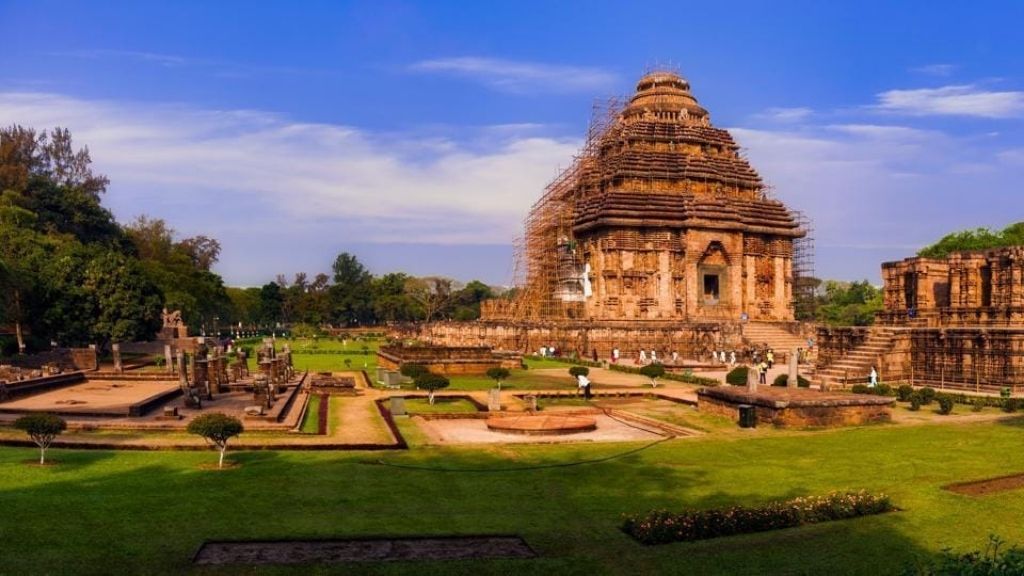
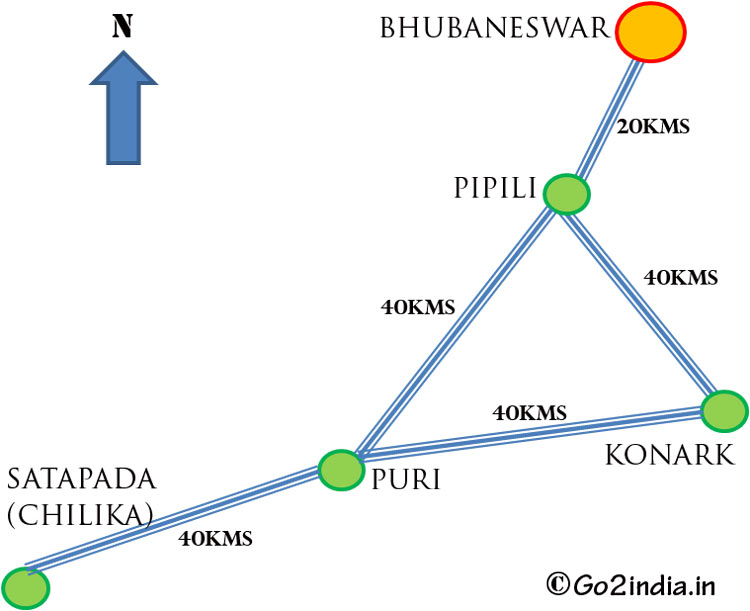

Visiting the Konark Sun Temple, a celebrated World Heritage Site, is a journey in itself, taking you through the scenic landscapes and vibrant culture of Odisha. Here’s how you can reach this architectural marvel:
- By Air: The nearest airport is Biju Patnaik International Airport in Bhubaneswar, around 65 km from Konark. From here, taxis and buses are available for a comfortable journey to the temple.
- By Train: The Puri to Konark Sun Temple distance is 35 km, and Puri is the closest railway station. Regular buses and taxis make it easy to cover this distance and reach Konark comfortably.
- By Road: Well-connected by road, Konark is accessible from Bhubaneswar and Puri. The drive offers a glimpse into the rural beauty of Odisha, adding to the charm of your visit.
Best Time to Visit The Konark Sun Temple in Odhisa

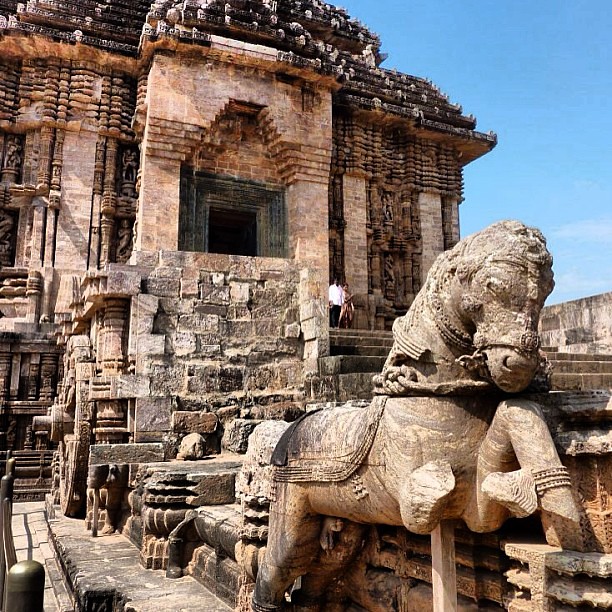

The ideal time to visit the Konark Sun Temple is during the winter months (October to February) when the weather is pleasant for sightseeing. If you visit in December, don’t miss the Konark Dance Festival, showcasing classical Indian dance forms in the backdrop of this architectural wonder.
History and Architecture of the Konark Sun Temple: Step into Odisha’s Glorious Past
A Rich Historical Background of Konark
The history of the Konark Sun Temple is rooted in honoring King Narasimhadeva I’s military victories. Built not only as a place of worship, the temple was also a symbolic representation of the Sun God’s journey, reflecting the sun’s deep-rooted significance in Hindu mythology. Known as the Kaala Pagoda due to its dark color, the temple served as a navigational landmark for sailors on the Bay of Bengal, standing in contrast to the nearby Jagannath Temple, also known as the White Pagoda.
Architectural Marvel

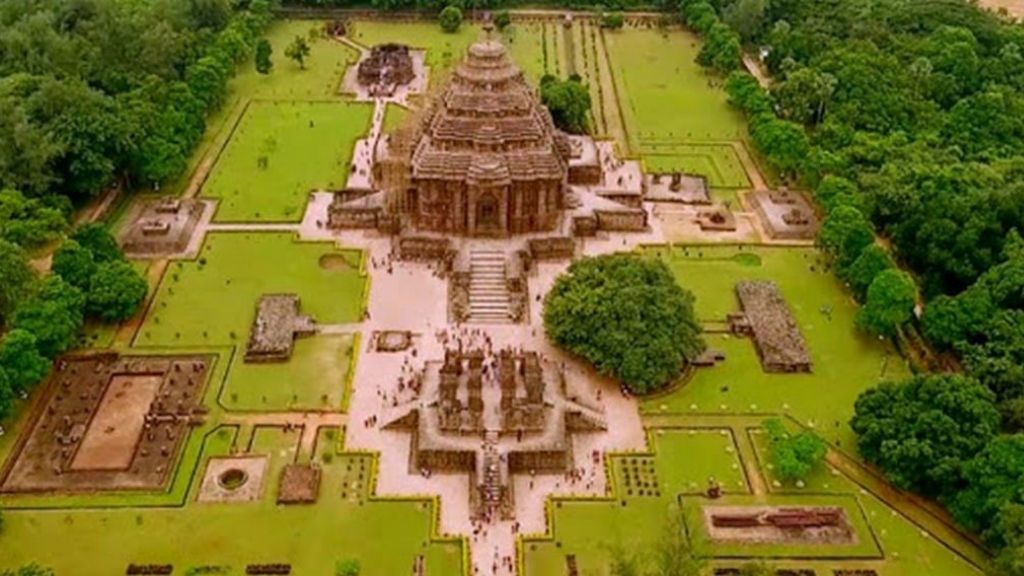

The architecture of the Konark Temple stands as a striking example of Kalinga architectural style, filled with intricate design and symbolic elements. Here are some of its fascinating architectural features:
- Chariot Structure: The temple’s design mimics a giant chariot, pulled by seven life-sized horses. The 12 pairs of exquisitely carved stone wheels symbolize the 12 months of the year, while the horses represent the days of the week.
- Colossal Dimensions: The temple rises to an impressive 229 feet (70 meters) high, with the Jagmohan Hall, which serves as a grand audience hall, stretching approximately 128 feet (30 meters) long. Remarkably, despite the temple’s age, the Jagmohan Hall remains in good condition, showcasing the durability of the craftsmanship.
- Additional Halls: Besides the Jagmohan Hall, the temple complex includes the Natya Mandir (Dance Hall) and the Bhog Pavilion, which were integral to the temple’s rituals and festivities.
- Intricate Carvings: The temple is adorned with detailed sculptures depicting gods, celestial beings, animals, dancers, and various mythological scenes. The erotic sculptures, akin to those in Khajuraho, symbolize the cycles of life and human emotions.
- Main Sanctum: Originally, the temple was crowned with a towering spire that reached 70 meters in height, creating a majestic silhouette against the sky. Although this spire has collapsed, the sanctum was once home to a colossal statue of the Sun God, illuminated by the first rays of the sun.
- Historical Damage: The temple suffered significant damage when an airplane crashed into it in 1837, but it remains a remarkable site that tells the story of resilience and devotion through its stunning architecture.
Nearby Temples to Visit and Enrich Your Konark Experience
In addition to the magnificent Konark Sun Temple, there are two nearby temples that further enrich the historical and spiritual ambiance of the area. As part of the Konark Sun Temple Travel Guide, these sites also offer visitors a comprehensive glimpse into the region’s heritage:
- Mahadevi Temple: Situated south of the main entrance, this temple is thought to be dedicated to Surya’s wife. Discovered in the 11th century, Mahadevi Temple serves as a charming historical companion to the Sun Temple, showcasing intricate architecture and carvings reflective of the era’s artistry.
- Vaishnava Temple: This nearby gem houses statues of deities like Balram, Varaha, and Trivikrama. These statues are preserved in the Konark Sun Temple Museum, providing visitors a look into the region’s rich religious diversity and cultural heritage.
Together, these surrounding temples complement the grandeur of the Konark Sun Temple, offering travelers additional insights into the area’s historical and religious significance and making the entire visit an immersive experience..
More Reads: Satkosia Sand Resort
Konark Sun Temple Travel Guide: Major Attractions, Tips, and More
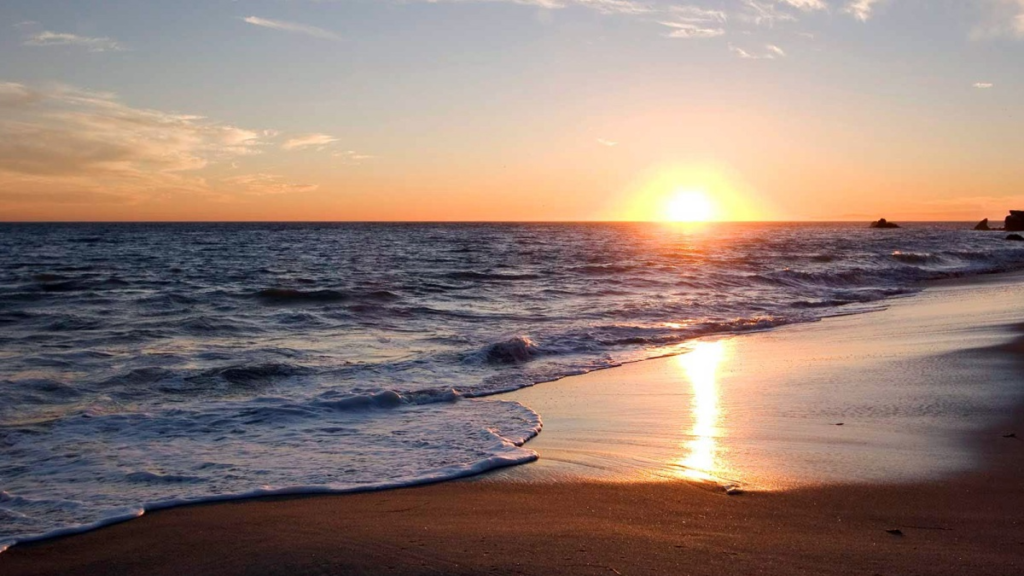
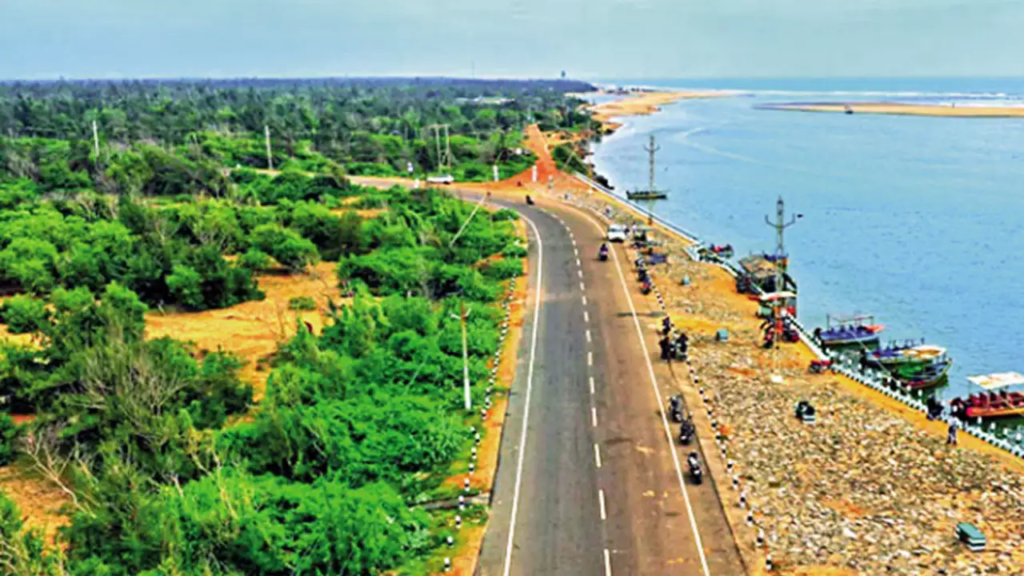
Major Attractions in Konark
While the Konark Sun Temple in Odisha is the main attraction, there are several other noteworthy sites to explore:
- Archaeological Museum: Managed by the Archaeological Survey of India, this museum displays artifacts, sculptures, and relics unearthed from the temple site, providing fascinating information about Konark Sun Temple and insights into the region’s history.
- Konark Beach: After a day of exploring the Konark Surya Temple, unwind at this serene beach with beautiful views of the Bay of Bengal.
- Chandrabhaga Beach: Just a short drive away, this beach is famous for its stunning sunrises and sunsets, perfect for photography enthusiasts.
More Reads: Nandankanan, Unique Zoo & Botanical garden, Odisha
Travel Tips
- Guided Tours: Hiring a local guide can greatly enrich your visit, offering deeper insights into the Konark Sun Temple’s history, architecture, and cultural significance.
- Time Management: Wondering how much time you need in Konark Sun Temple? Plan to spend 3-4 hours to fully appreciate the temple and nearby attractions.
Accommodation Options
When looking for a hotel near Konark Sun Temple, there are options to suit every budget:
- Yatrinivas: An affordable stay option run by the Odisha Tourism Development Corporation (OTDC).
- Lotus Resort: A mid-range resort with excellent amenities and scenic views.
For those opting to stay in Puri, consider Mayfair Heritage for a luxurious beachfront experience or Toshali Sands Resort for a budget-friendly choice
Food and Dining
Indulge in the local cuisine while visiting Konark. Don’t miss out on regional dishes like Dalma (a lentil-based dish), Pakhala Bhata (fermented rice), and fresh seafood at local eateries. Many hotels also offer in-house dining with traditional Odia options.
Nearby Attractions
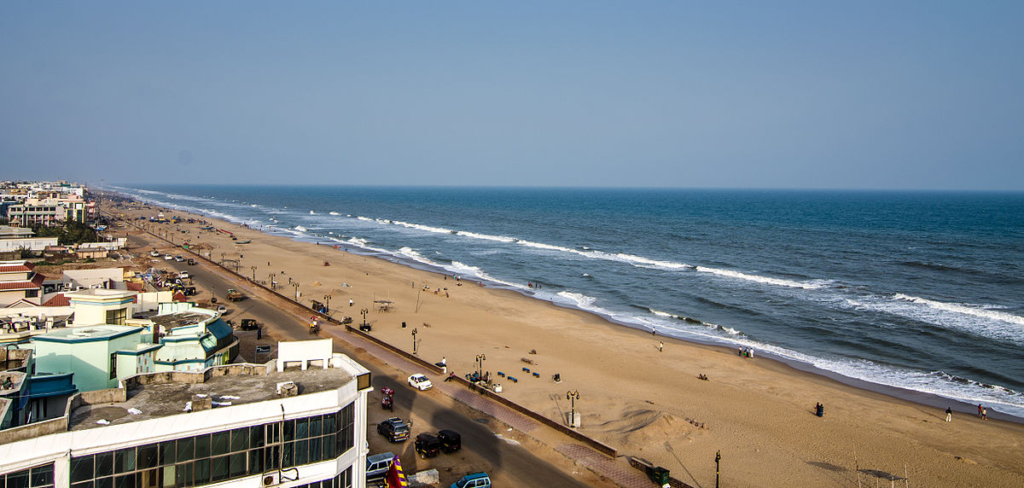
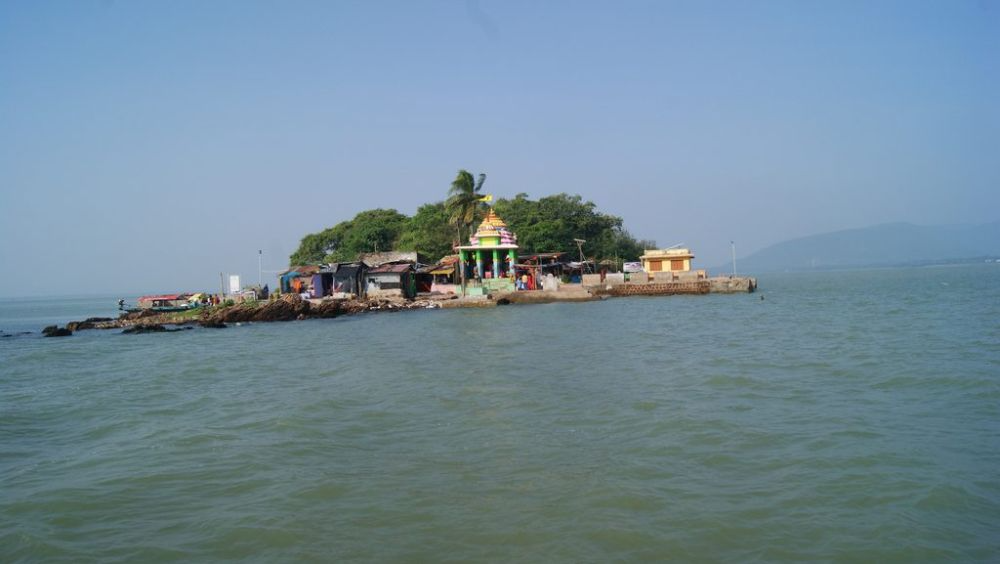
- Puri: A short 1-hour drive away, known for the Jagannath Temple and lively beaches.
- Chilika Lake: A vast brackish water lagoon and haven for birdwatchers and nature lovers, located a few hours from Konark.
- Bhubaneswar: The capital city, featuring ancient temples and archaeological sites, is a must-visit for history enthusiasts.
More Read: Trip to Chilika Lake
Shopping in Konark
While exploring Konark, don’t miss the opportunity to shop for local handicrafts. Look for stone carvings, Pattachitra paintings, and sand art, which make for unique souvenirs and keepsakes.
Final Thoughts
The Konark Sun Temple is not just a place of worship; it’s a journey through time, showcasing the brilliance of ancient Indian architecture and spirituality. As you explore its magnificent structures and intricate carvings, you’ll find yourself immersed in the rich history and cultural significance of this awe-inspiring landmark. Whether you’re a history buff, an architecture enthusiast, or simply a traveler seeking beauty, Konark promises an unforgettable experience.
This Konark Sun Temple Travel Guide will help you make the most of your visit to this iconic destination.
FAQs on Konark Sun Temple
How much is the Konark Sun Temple ticket price?
The Konark Temple ticket price for Indian nationals is around INR 40, while for foreign visitors, it is INR 600. Tickets can be purchased on-site or online, and they grant access to the temple’s mesmerizing architecture and historic significance.
Is there a dress code for Konark Temple?
There is no strict dress code for Konark Temple; however, as it is a place of religious and historical importance, visitors are advised to dress modestly. Lightweight, respectful clothing is recommended, especially during the warmer months.
What is the best time to visit Konark Sun Temple – morning or evening?
The best time to visit Konark Sun Temple is either early morning or in the late afternoon. Morning visits offer a cooler climate and softer lighting on the temple’s carvings, while evenings may offer a chance to enjoy the Konark temple light show timings if available during your visit. Talking about the season then winters are the most preferred season (October to February). Temperature is around 15 deree celcius.
How much time do you need in Konark Sun Temple?
For a fulfilling visit, you need around 3-4 hours at Konark Sun Temple. This allows ample time to explore the main temple, visit the surrounding attractions, and, if desired, attend a guided tour for deeper insights into the temple’s history and architecture.
How to reach Konark Sun Temple from Puri?
To reach Konark Sun Temple from Puri, you can take a taxi or bus, covering the 35 km distance in about an hour. Both options provide a comfortable journey through scenic landscapes, making the trip an enjoyable part of your Konark experience.